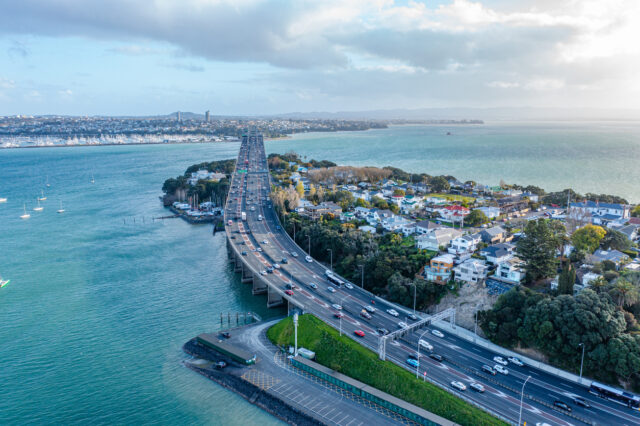The New Zealand Infrastructure Commission, Te Waihanga, has published a discussion document which outlines the country’s key challenges as it develops its 30 year infrastructure plan.
Titled Testing our thinking: Developing an enduring National Infrastructure Plan the report emphasises the need for “greater certainty, but also flexibility” in infrastructure planning, and calls out the issue of investment efficiency as a key challenge.
“An increased level of certainty helps us to better understand what skills and people we’ll need to build our infrastructure, and what projects we should be prioritising to ensure New Zealand continues to thrive,” the report says.
“If we lock in projects years in advance, we risk building the wrong projects, in the wrong places, at the wrong times as circumstances or needs change.
“Looking back 30 years highlights just how much can change. We built infrastructure over this time that would not have been imagined in 1995, like fibre broadband or large solar farms.”
On investment efficiency, the report says that New Zealand spends an average of 5.8% of its GDP on public infrastructure, a higher level than Australia and the OECD median.
Despite this, New Zealand ranks near the bottom 10% among high income countries for the efficiency of that spend.
“We face challenges in turning our resources into infrastructure services,” the report says.
“We can see this in the costs of the labour and materials needed to build infrastructure, where prices have risen one-third faster than prices elsewhere in the economy.
“It can also be seen in productivity, where infrastructure construction productivity has grown at only one-third of the rate of the overall economy.”
The Commission’s research found that if New Zealand were to build all of the infrastructure it needs, this would require 9.6% of GDP and twice what is currently being spent.
This would require significant increases in debt, taxes or user charges.
The estimates were that to meet this spending figure would demand a doubling in the nation’s debt to GDP ratio by 2051, a 21% increase in income tax, and a 38% increase in annual household expenditure on infrastructure services to NZ$5200 per year.
“It is unclear if New Zealanders would be willing to or could afford to pay for this,” the report says.
New Zealand also ranked poorly against other countries on many of the measures used to assess governance practices, pointing to the need to improve the way infrastructure is governed.
“The infrastructure we depend on today was built and paid for by previous generations. We need to leave future generations with just as strong a legacy, while making sure we don’t overly burden them with the costs,” said Peter Nunns, the Acting General Manager for Strategy at the Commission.
“This will mean making careful choices about where we spend our infrastructure dollar, understanding what our needs are, while also allowing flexibility for the needs we can’t foresee.”
Nunns said the Commission does not “have a monopoly on good ideas” and welcomed feedback on the discussion document.














